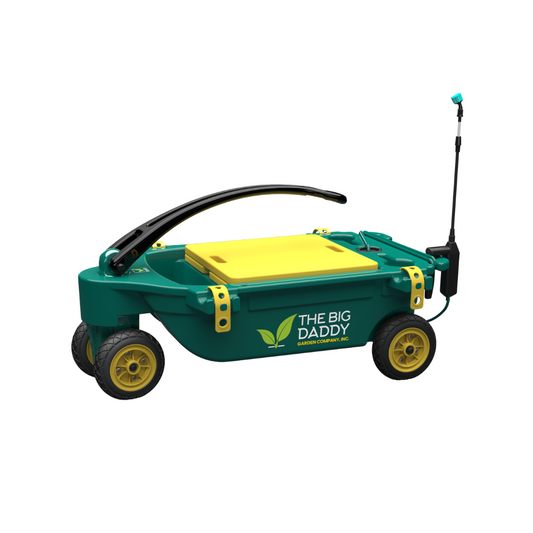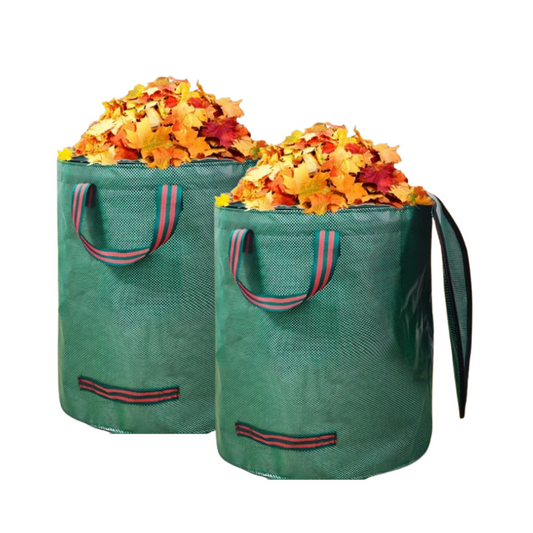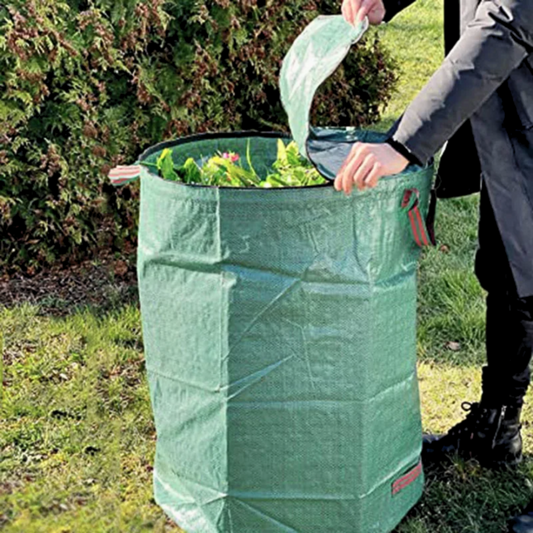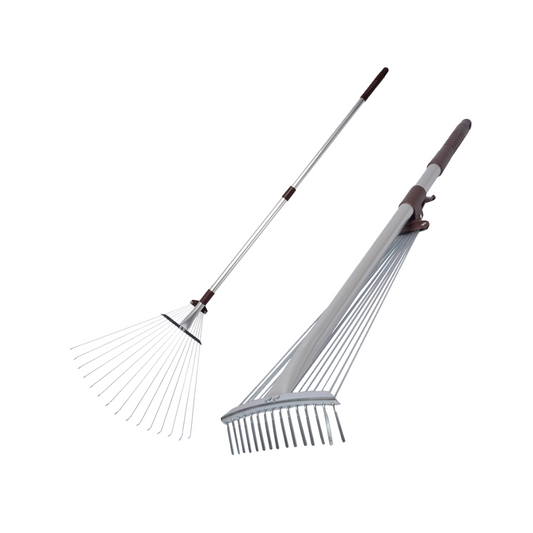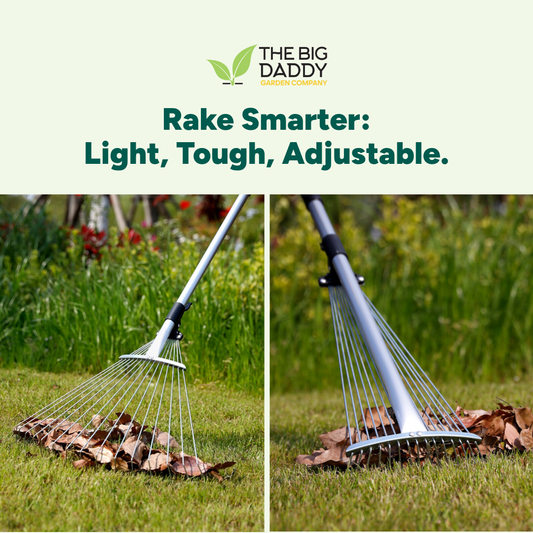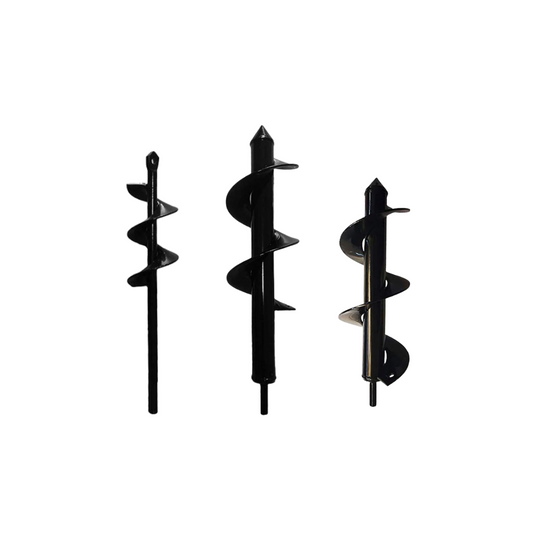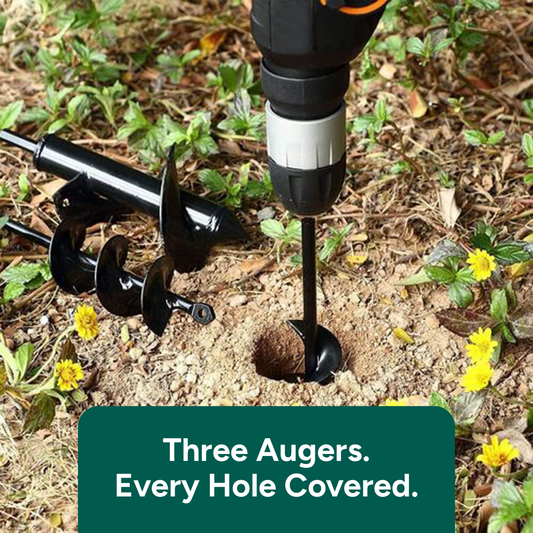
Extending the Life of Your Four-Wheeled Garden Cart

When you're knee-deep in gardening tasks, a four-wheeled garden cart can be your best friend. It's a versatile tool that can haul everything from soil to tools, making your gardening tasks a breeze.
These carts aren't just practical, they're also designed with your comfort in mind. With sturdy construction and easy maneuverability, you'll wonder how you ever gardened without one.
So, whether you're a seasoned gardener or just starting out, a four-wheeled garden cart is a must-have. Stay tuned as we delve into the ins and outs of these handy helpers.
Benefits of a Four-Wheeled Garden Cart
Imagine a world where hauling soil, plants, and tools across your garden is a breeze. A world where you're not constantly battling with a wheelbarrow, struggling to keep balance, all the while feeling your muscles straining with the effort. That's exactly what a four-wheeled garden cart offers.
The advantages of a four-wheeled garden cart are abundant. For getting your garden chores done efficiently, there's no better helper.
With its sturdy construction, this garden cart guarantees you can carry heavy items without a hassle.
Comfort and easy maneuverability are significant attractions of a four-wheeled garden cart. It's designed with a padded handle to ensure maximum comfort during use.
Plus, thanks to its four-wheel design, this cart is easy to steer and maneuver, even in tight garden corners.
Another major advantage of a four-wheeled garden cart is its versatility. It's not just limited to hauling soil or garden tools. Some models come equipped with foldable sides, converting them into flatbeds.
This feature means you can use the cart to transport bigger items, making this garden tool truly versatile.
The sheer durability of these carts is also noteworthy. Made from a variety of robust materials such as polyethylene and steel, a four-wheeled garden cart promises to serve you for years to come.
Built to withstand rough handling and variable weather conditions, it's a worthy investment in the long run.
Here are some key points that make a four-wheeled garden cart an essential gardening tool:
- Sturdy construction: Able to carry heavy loads with ease.
- Comfortable to use: Designed with a padded handle for max comfort.
- Easy to maneuver: Four-wheel design allows for tight turns.
- Versatile: Some models convert into flatbeds for larger items.
- Durable: Constructed from robust materials to last for years.
Remember, effectiveness and convenience in gardening do not always come from the most advanced, digital, or expensive tools. Often, it's the simplest tools like a four-wheeled garden cart that can make a world of difference in your gardening experience.
Types of Four-Wheeled Garden Carts
Let's delve into the different types of four-wheeled garden carts you might encounter in the market. They're crafted to cater to various gardening needs. So, it's essential to pick the right kind that would fit your requirements.
First, there's the utility wagon. Perfect for light-duty tasks, these carts are great at carrying medium-sized loads. For instance, they can transport potted plants or a reasonable quantity of soil with no problem.
Some of the utility wagons are also foldable, which makes them super easy to store.
Then, for heavy-duty tasks, you might want to consider a dump cart. These carts, built from robust materials like polyethylene and steel, generally have larger capacities. They also come with a dumping feature, making unloading of materials a breeze.
A category worth noting is the flatbed cart. If you often need to transport large, bulky items, a flatbed garden cart would be a wise choice. These are generally open at the sides and can easily accommodate big garden equipment.
Next, there's the garden scooter, a versatile cart that not only helps haul your heavy equipment but also provides a comfortable seat reducing strain on knees and back during multi-hour gardening sessions.
Finally, there's the multi-purpose cart. As the name suggests, these have been designed for versatility. They can convert between a flatbed and a wagon, providing you the flexibility to manage diverse gardening activities more efficiently.
Each of these carts has their own set of strengths, designed to cater to a variety of gardening works. It's all about understanding your needs and choosing a cart that will best cater to them.
With the right four-wheeled garden cart at your disposal, you'll see productivity in your garden reaching new levels. Choose wisely and let your garden reap the benefits.
What to Look for When Purchasing
Now that you've learned about the various types of four-wheeled garden carts, you're likely wondering what factors should guide your purchasing decision.
Although the specific type of cart depends on your gardening needs, you should always keep a few key attributes in mind: Load Capacity, Material and Durability, Wheel Design, and Storage and Portability.
When it comes to Load Capacity, you need to consider what kind of tasks you'll be frequently performing.
Are you hauling heavy soil and rocks? Or just moving around small pots and tools? Check the manufacturer's stated load capacity to ensure the cart is up to the task.
As for Material and Durability, pay attention to what the cart is made of. Metal carts are typically more durable and last longer, but they're also heavier.
Plastic carts, on the other hand, are lighter and easier to maneuver, but might not stand up to heavier tasks. Look for carts made from rust-resistant and easy-to-clean materials for long-lasting use.
Next up is Wheel Design. Larger, pneumatic tires can handle rougher terrain, making them an excellent choice for bigger gardens or yards with lots of uneven surfaces. Smaller, solid wheels are generally sufficient for smooth, flat surfaces or smaller yards.
Lastly, Storage and Portability. A foldable design or detachable handle can make storage a breeze. A lightweight model can offer exceptional portability if you regularly move the cart between different locations.
So, when looking for your new four-wheeled garden cart, make sure to weigh these factors according to your gardening needs. Reviewing these elements carefully will ensure that the cart you choose not only serves its function efficiently but also lasts for many successful gardening seasons.
Since a good cart represents a worthy investment for any green thumb, shopping smart is your path to a blooming and thriving garden.
Maintenance Tips for Longevity
Even the best garden cart requires periodic maintenance to ensure it lasts for many gardening seasons to come. Here's how you can keep your cart in tip-top condition.
Regular CleaningYour garden cart is bound to get dirty and messy from hauling around dirt, plants, and other garden supplies. A routine cleaning can prevent the buildup of dirt and grime that could potentially damage your cart. Give your wagon a good rinse out occasionally with a hose. If it has been used for transporting chemicals like fertilizers or pesticides, make sure to clean it immediately after use to prevent corrosion or damage.
Check the WheelsThe wheels of your garden cart are what make it so efficient at carrying heavy loads. Therefore, they're also among the parts most subject to wear and tear. It's important to regularly check the wheels for any signs of damage, such as punctures or wear patterns. Consider replacing the wheels if they show significant damage or if they no longer roll smoothly.
Lubricate the Joints and AxlesJoints and axles are often overlooked when it comes to maintenance of garden equipment. Be sure to periodically apply lubricant to these areas, so that they continue to function smoothly. Not only will this help extend the life of your cart, but it can also make it easier to push or pull around the yard.
Store ProperlyLastly, how you store your garden cart can greatly impact its longevity. Try to keep it in a covered area away from direct sunlight, rain and snow. This will help prevent rust and color fading. If your cart has a foldable design, take the time to fold it up before storage. Doing so will not only save space but also protect it from accidental damage.
Maintaining your garden cart is an ongoing task, but one that's certainly worthwhile to preserve the life and functionality of your essential gardening tool.
Key Takeaways
- A four-wheeled garden cart is an essential tool for efficient and comfortable gardening, able to haul everything from soil to tools.
- Features of a four-wheeled garden cart include sturdy construction, comfort, ease of maneuverability, versatility, and durability.
- Various types of four-wheeled garden carts cater to different needs, including utility wagons for light-duty tasks, dump carts for heavy-duty works, flatbed carts for larger items, garden scooters for comfort, and multi-purpose carts for various activities.
- When purchasing a four-wheeled garden cart, consider factors such as Load Capacity, Material and Durability, Wheel Design, and Storage and Portability.
- Regular maintenance of your garden cart, including cleaning, wheel checkups, lubrication of joints and axles, and proper storage, can ensure its longevity and functionality.
Conclusion
So, you've got the lowdown on how to keep your four-wheeled garden cart in top shape. Regular cleaning, wheel checks, lubrication, and proper storage are the keys to longevity. It's not just about preserving your cart, but also about maintaining its functionality and efficiency.
After all, your garden cart is more than just a tool - it's your partner in creating a beautiful garden. Don't forget these tips and you'll have a garden cart that's ready for duty season after season.
Frequently Asked Questions
Why is it important to maintain a garden cart?
Proper maintenance improves the longevity and efficiency of your garden cart. It helps to prevent unnecessary damages, keeping the cart functional for many gardening seasons.
How can I clean my garden cart properly?
Cleaning a garden cart involves removing all debris and dirt using a wet cloth or sponge. It's advised to adopt a regular cleaning schedule to avoid buildup of grime.
What should I check on the garden cart wheels?
Check for visible damages or punctures on the wheels. A damaged wheel can make maneuvering the cart difficult and can potentially cause further damage.
Why is lubrication necessary for garden carts?
Lubricating the joints and axles of your garden cart reduces friction. This maintains the smooth operation of your cart and prevents wear and tear.
What is the recommended storage condition for garden carts?
Storing your garden cart away from harsh elements like direct sunlight or rain helps to prolong its life. A dry, sheltered place like a shed or garage is an ideal storage spot.


